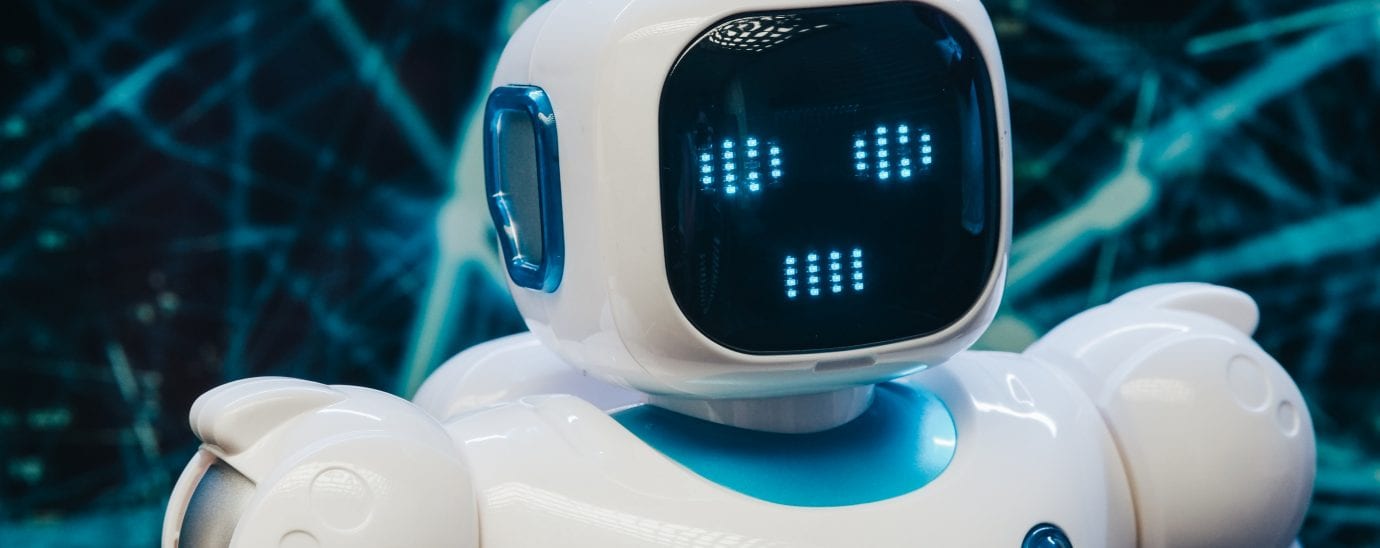Has COVID-19 sparked a rise in robot cleaners?

The disinfection Robot Market is predicted to surge at a CAGR of more than 15% during the forecast period.
According to a revised report published by Persistence Market Research, the global disinfection robots market was valued at US$1bn in 2020 and is predicted to surge at a CAGR of more than 15% during the forecast period (2021–2031).
The impact of the COVID-19 pandemic due to the spread of SARS-CoV-2 has tested the obtainability of traditional disinfectants, which has led to a spike in demand for disinfection robots from institutions and companies.
These robots are deployed progressively as an artless solution for the instantaneous decontamination of all surfaces of common areas and rooms. As such, they seem an attractive alternative for reducing dependency on cleaning services. Presently, disinfection robots are not an alternative to hospital cleaning services but can be a complementary solution.
Various companies received FDA & CE approval for their products to fight the COVID-19 outbreak. Many startups have entered the business space of disinfection services, and numerous others are coming in with innovative advanced technologies and software.
Development and approvals of advanced products have gained traction. There were various existing products, mainly in the US market, and many of these products and techniques have already gained American recognition. But after the outbreak, manufacturers are getting immense opportunities to make their business stand out from competitors, and, as a result, the market is evolving with a broad range of products.
Key Takeaways from Market Study
- Ultraviolet light robots are expected to gain more than 90% revenue share in the market by 2031, expanding at a CAGR of 16% over the forecast period (2021–2031).
- Fully autonomous robots are rapidly acquiring market share using UV disinfection technology and have gained traction by contributing to more than 80% of the global market share in 2021, surging at a CAGR of over 15% during the forecast period.
- Among all the end-users, the hospitals’ segment accounted for more than 60% market, owing to rising awareness for controlling the spread of infections.
- North America held a major share in the global market in 2020, and a similar trend is expected to continue during the forecast period due to higher adoption of technologically advanced systems in healthcare facilities and a larger number of disinfection robot manufacturers in the region.
- Manufacturers are actively involved in portfolio expansion and collaboration with various companies to gain a larger market share.
Ask an expert for any other query:
“Increasing technological advancements in disinfection services with rising demand to reduce the risk of infection spread at healthcare facilities are expected to boost market growth during the forecast period,” says an analyst of Persistence Market Research.
Competition Analysis
Key business players are competing to gain a large market share and are focusing upon acquisitions, collaborations, alliances, and product launches to provide access to new technologies in both new and existing disinfection robots. In addition, various startup companies have entered the market to tackle the coronavirus spread.
Key manufacturers are entering into strategic agreements with leading players to expand their product portfolios across countries.
For instance, in February 2020, Danish company UVD Robots signed an agreement with Sunay Healthcare Supply to support China during the COVID 19 pandemic. These robots were deployed for disinfection services in all Chinese provinces.
What Does the Report Cover?
Persistence Market Research offers a unique perspective and actionable insights on the disinfection robots market in its latest study, presenting a historical demand assessment of 2016 – 2020 and projections for 2021 – 2031.
The research study is based on the product (hydrogen peroxide vapour (HPV) robots and ultraviolet light robots [UV mercury robots and pulsed UV xenon robots]), technology (semi-autonomous robots and fully autonomous robots), and end-users (hospitals, clinics & emergency care centres, diagnostic laboratories, pharmaceutical & biotech companies, airports, railways stations, shopping malls, production facilities, office buildings, hotels, and others), across seven key regions of the world.
READ MORE:
- How to successfully reopen your office in a post-Covid-19 world
- Founder Feature: Neil Purcell, founder and CEO, Talent Works
- Ensuring a secure digital transformation journey
- Build these five habits to reduce the risk of ransomware
About Persistence Market Research:
As a third-party research organisation, Persistence Market Research (PMR) operates through an exclusive amalgamation of market research and data analytics for helping businesses ride high, irrespective of the turbulence faced on account of financial/natural crunches.
For more news from Top Business Tech, don’t forget to subscribe to our daily bulletin!
